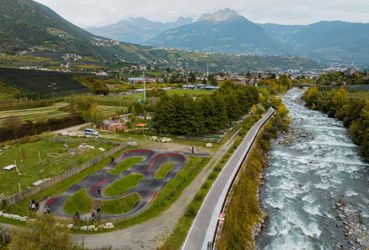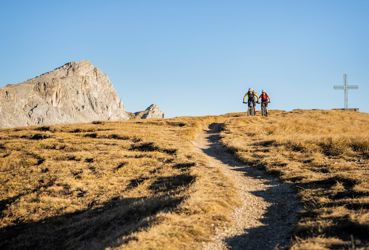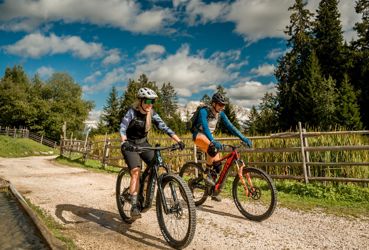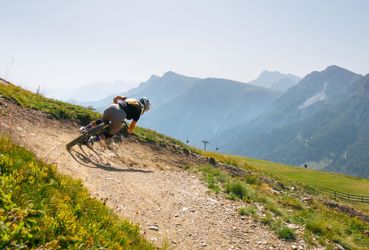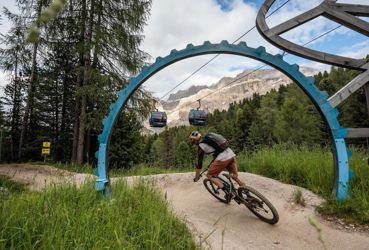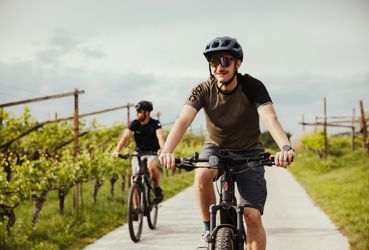Braking safely with an EMTB – Interview with bike guide Klaus Nischler
Klaus Nischler is head of the Ötzi Bike Academy and trains South Tyrol’s mountain bike guides. If you want to learn how to brake correctly – especially with a heavy EMTB – he’s the right person to ask. Today he explains what really matters, how to preserve your brake pads, and what to consider during an emergency stop.
Front brake, rear brake – what does what?
BikeHotels South Tyrol: Klaus, many people think braking is simple. But especially with EMTBs, we often hear that riders struggle. Why is that?
Klaus: Most people underestimate the braking power – especially that of the front brake. The rear brake slows you down, the front brake brings you to a stop. Once you test it on a descent, you’ll immediately notice the difference – the front brake is much more powerful than the rear. But be careful not to overdo it!
The right body position for braking
BikeHotels South Tyrol: What’s the ideal body position when braking?
Klaus: If I ride with anticipation, I can control my body: neutral position, feet level, arms slightly bent. It’s important to stand and not sit on the saddle. Your center of gravity should shift slightly backward to avoid going over the bars. Never let your body shift between the saddle and the handlebar while braking – that’s a no-go!
Braking safely on long descents
BikeHotels South Tyrol: But on longer descents, like on a cycle path, standing on the pedals the whole time can be tiring. How can I brake safely then?
Klaus: True! Even while seated, you can brake in a controlled way. What’s key is to keep your eyes far ahead and adjust your speed early – not at the last moment.
How to protect your brake pads
BikeHotels South Tyrol: What’s the best tip to protect brake pads on long descents?
Klaus: Two things are key:
- Brake in intervals, not constantly: Instead of applying light, continuous pressure, brake firmly in intervals and then release. That way, pads and rotors can cool down.
- Use both brakes strategically: The front brake provides most of the stopping power, while the rear adds stability. Balanced braking reduces wear on individual pads.
Fingers on the brake lever – but correctly!
BikeHotels South Tyrol: Is it true that you should only use one or two fingers to brake, and always keep them on the lever?
Klaus: Yes! Modern disc brakes are so powerful that one or at most two fingers are enough. Brake levers are designed to provide a lot of power with minimal effort.
The most common braking mistakes
BikeHotels South Tyrol: What are the typical braking mistakes?
Klaus: Here are the top three:
- Not looking far enough ahead: Riders who realize too late that they’re going too fast in a corner often brake too hard and lose control. Better to adjust beforehand.
- Using only one brake: Pulling the front brake without the rear – or relying on the rear alone – doesn’t work well. See above.
- Braking too late: Braking and turning at the same time? Not a good idea. Brake before the turn, then ride it smoothly.
Emergency braking: what to do?
BikeHotels South Tyrol: How can I avoid emergency braking?
Klaus: Ride with anticipation, keep a safe distance, and always keep your fingers ready on the levers. And brake before the turn!
BikeHotels South Tyrol: And if I have to do it?
Klaus: Immediately go into the neutral position, shift your weight slightly backward, and create body tension to counter the force. That way, you stay in control and come to a safe stop.
Klaus’ takeaway
BikeHotels South Tyrol: What’s your most important tip in one sentence?
Klaus: Look ahead, brake in time, and keep your body in position – then your EMTB stays safely on track!


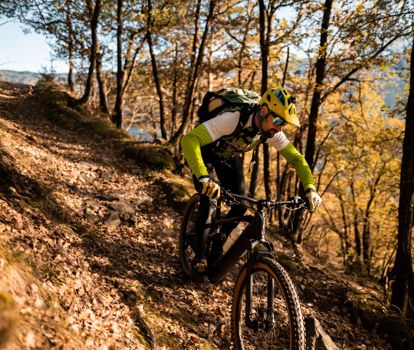
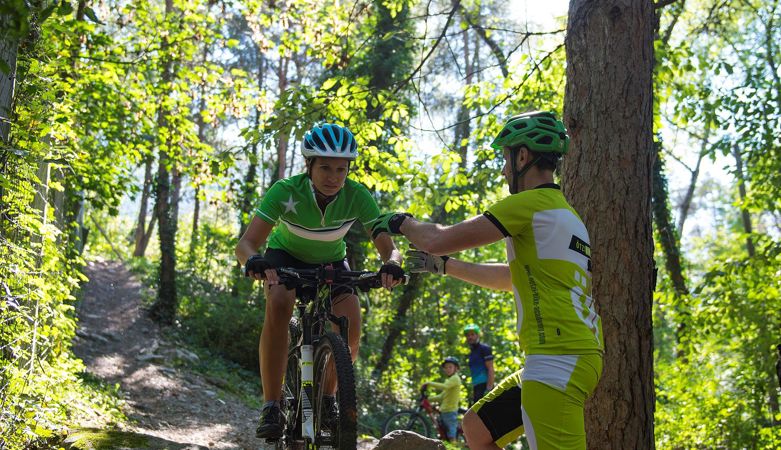

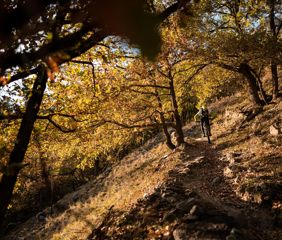





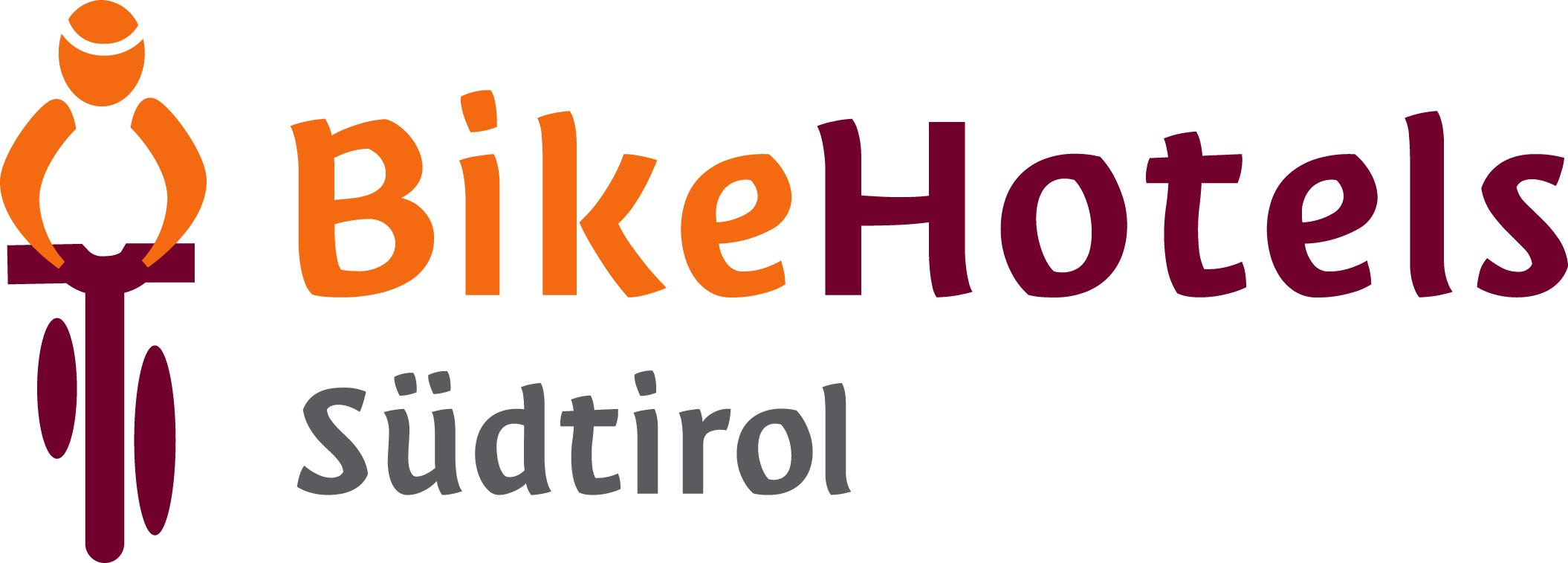
![good-times-on-2-wheels[2]](/media/67f20168-dcec-4075-8a18-3bb03c0dcc35/369_x_250/20231116090829/good-times-on-2-wheels[2].jpg)
